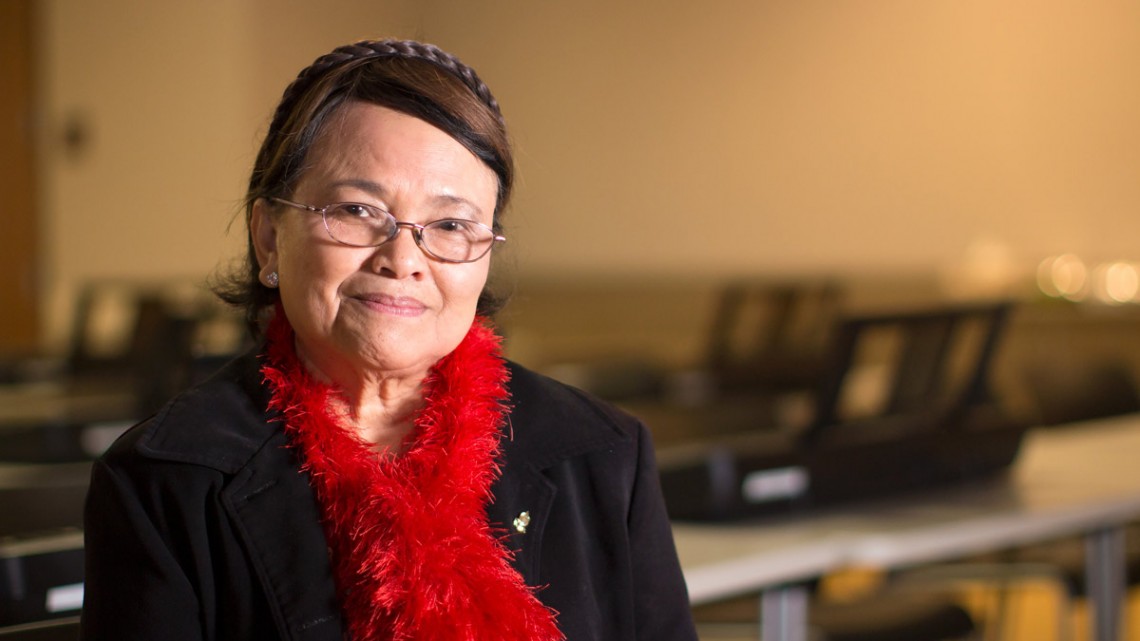October has been designated as Filipino American History Month since 2009. The Filipino community includes a rich history in both the Philippines and throughout the United States—rich in sharing culture, rich in kindness and rich in contributions to local communities. California has the honor of being the first state on record that welcomed Filipinos to America in 1587, and San Diego Continuing Education (SDCE), has been serving a student population that includes Filipino immigrants since our very beginning—more than 100 years ago in 1914.
We are especially proud of the symbolism and significance the Filipino culture brings to the Cesar E. Chavez campus in Barrio Logan. Their culture is well-known for traditional dishes, colorful dances and large family gatherings. These students proudly bring their identity to SDCE and inform their peers of a vibrant heritage.
Prior to the post 1900s those popular dishes we love today (Adobo, Halo-Halo) were not easily shared between cultures and the Filipino American, Fighter of the Decade, Manny Pacquiao, was not yet elected Senator of the Philippines.
Due to the tremendous sacrifices and courage of Asian Pacific Islander Immigrants, Filipino American (Pinoy) students have access to higher education in the United States.
In 1902 the Philippine-American war ended and since then the Filipino culture flourishes in our nation today. In 1933 Fe del Mundo was the first Asian Pacific Island and first female student to attend Harvard Medical University. In 1973 Thelma Buchholdt was designated the first female Filipino-American legislator in the United States of America. In 1983 Emil Guillermo was the first Filipino-American to host a national news broadcast. In 2003 The White House accepted their first Pinay Executive Chef, Cristeta Comerford.
San Diego County is home to the largest Asian Pacific Islander population in the nation. Today, SDCE’s Filipino American student body is made up of roughly 1,000 students annually.
We welcome, honor and respect the contributions from this community that support our commitment to diversity—a commitment you make as educators and one we make together, as the SDCE community.
